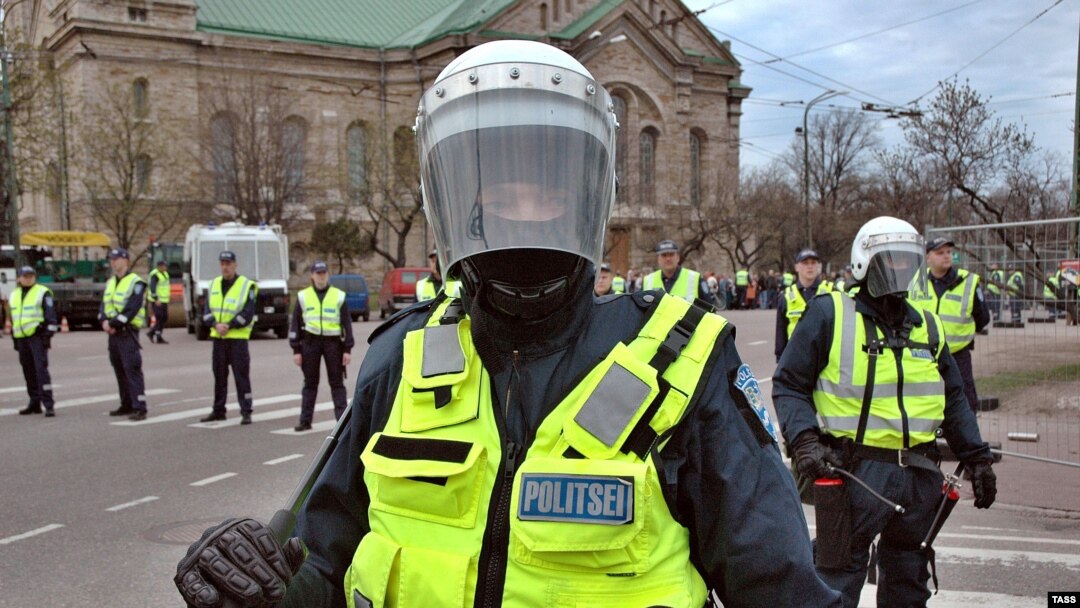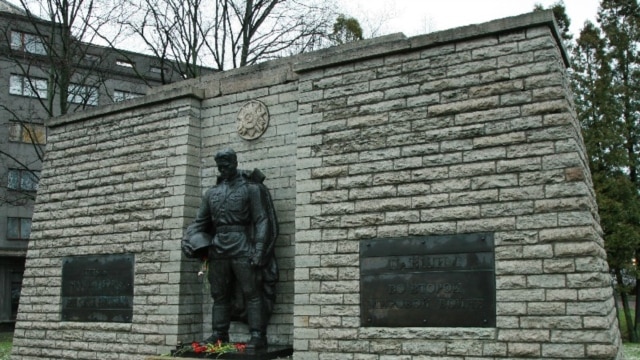The Foreign Ministry said that preparatory work will start today at the Tallinn military cemetery to relocate the Bronze Soldier.
The statue was removed April 17 from a site in central Tallinn where it had stood for decades. One man was killed and more than 150 people injured in the two nights of protests at the move.
Meanwhile, Estonian Prime Minister Andrus Ansip has appealed for calm and tolerance in the country following two days of riots over the removal of Soviet war memorial.
In the nationally televised address on the evening of April 28, Ansip also denounced the rioters, saying pictures of what he called "drunk shoplifters" being shown around the world was insulting to the memory of those who fought in World War II.
One Russian man was killed and hundreds of people arrested in the clashes on April 26 and 27 between police and mainly ethnic Russians angered over the removal of the monument.
The Estonian government will excavate and rebury at a cemetery the remains of Soviet soldiers buried at the former memorial site.
The Russian government has accused Estonian police of using excessive force during the unrest in Tallinn, and President Vladimir Putin on April 28 discussed the situation by telephone with German Chancellor Angela Merkel, who currently holds the European Union's rotating presidency. Estonia is a member of the EU.
Many Estonians viewed the bronze statue as a symbol of Soviet occupation after World War II, while Russians viewed it as a sacred memorial to millions of Red Army soldiers who died fighting the Nazis in the war.
(compiled from agency reports)



